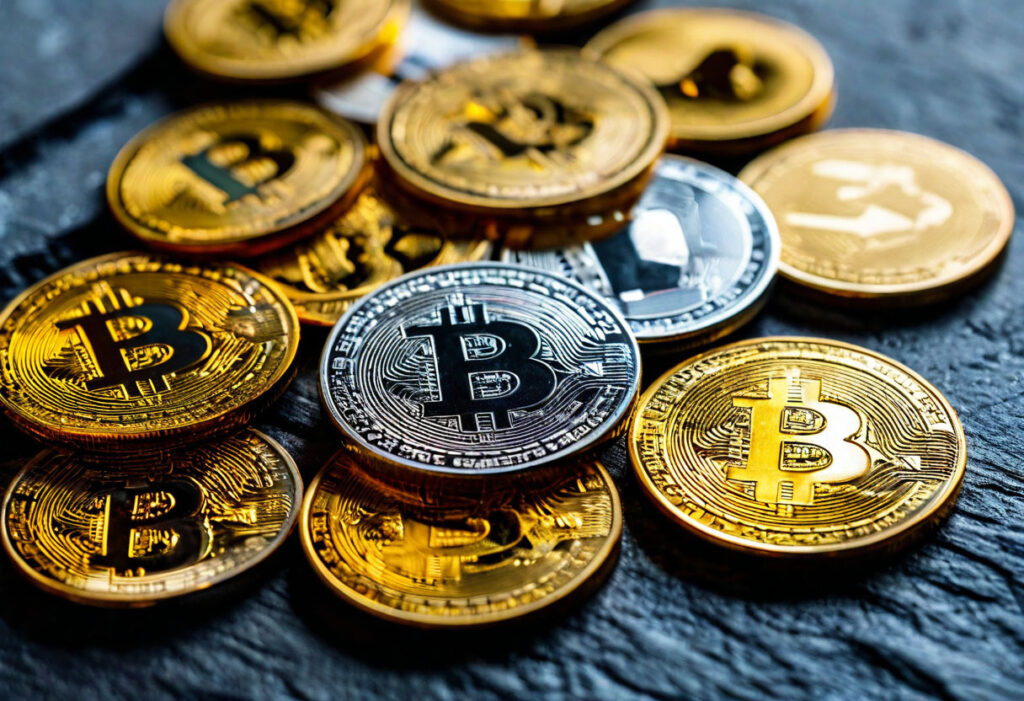The Rise of Memecoin ETFs and Their Market Implications
The registration of the Canary Trump Coin ETF by Canary Capital signifies a pivotal development in cryptocurrency investment products. This event underscores the increasing legitimacy of memecoins in traditional finance and paves the way for future memecoin-based ETFs. The TRUMP token, notable for its substantial market capitalization, demonstrates how memecoins can evolve from internet phenomena into serious investment vehicles.
Following Dogecoin, which has multiple ETF filings under SEC review, the TRUMP token’s ETF registration indicates an expanding cryptocurrency ETF market. This trend reflects heightened corporate interest in digital currencies, evidenced by initiatives from World Liberty Financial and significant Bitcoin investments by Trump Media.
While the approval of such ETFs could enhance liquidity and mainstream acceptance for memecoins, as Dmitrij Radin observes, investors must remain cautious of their inherent volatility and past incidents of rug pulls.
Key Takeaways
- The Canary Trump Coin ETF registration highlights memecoins’ growing role in traditional finance.
- TRUMP token and Dogecoin are at the forefront of the memecoin ETF movement.
- Corporate engagement in cryptocurrencies is rising, with notable investments from World Liberty Financial and Trump Media.
- The volatile nature of memecoins necessitates investor vigilance.
World Liberty Financial’s Strategic Moves
World Liberty Financial aims to establish a $1.5 billion publicly traded entity for its WLFI tokens, marking a significant stride toward merging cryptocurrency ventures with conventional financial markets. Inspired by MicroStrategy‘s success, this move highlights the escalating corporate demand for cryptocurrency investments.
The strong endorsement from WLFI token holders to enable trading of their assets fosters greater community engagement and project governance. This development aligns with the broader movement toward democratizing cryptocurrency projects.
Additionally, Trump Media‘s $2 billion commitment to Bitcoin and related securities underscores the Trump family’s dedication to cryptocurrency, coinciding with legislative progress in the U.S. House of Representatives.
Key Takeaways
- World Liberty Financial is leading the charge in integrating cryptocurrency with traditional financial systems.
- Enhanced community participation in cryptocurrency projects is evident through WLFI token holder decisions.
- Trump Media‘s substantial investment reflects the increasing corporate interest in digital currencies.
Regulatory Developments and Their Impact
A potential executive order by President Trump to incorporate cryptocurrencies into 401(k) retirement plans could transform retirement investment strategies. This initiative represents a move toward diversifying traditional portfolios with digital assets, despite the need for clearer regulations and investor education.
The Senate’s consideration of Brian Quintenz for the CFTC chairmanship and the CLARITY Act‘s proposal to shift crypto oversight from the SEC to the CFTC are critical for U.S. cryptocurrency regulation. These measures aim to balance innovation with consumer protection.
Bipartisan backing for the CLARITY Act and the GENIUS Act‘s stipulations for stablecoin issuers emphasize cryptocurrencies’ integral role in the financial ecosystem.
Key Takeaways
- Incorporating cryptocurrencies into 401(k) plans could redefine retirement investing.
- Regulatory reforms, including the CLARITY Act, may foster cryptocurrency innovation and safeguard consumers.
- Cross-party support highlights cryptocurrencies’ growing acceptance within the financial system.
Global Trends in Cryptocurrency Adoption
Interest in cryptocurrencies is surging globally, with pension funds in the UK and Japan considering Bitcoin for portfolio diversification. This shift toward digital assets in retirement planning is supported by innovative financial products like WisdomTree‘s USDW stablecoin, which combines traditional finance benefits with digital asset flexibility.
The institutional appeal of decentralized finance is further evidenced by Anchorage Digital‘s stablecoin platform and the robust growth of the stablecoin market. Enhanced regulations are driving the stablecoin sector’s expansion, underscoring its significance in global finance.
Preparations by Bullish for a U.S. IPO and the FTX bankruptcy estate’s creditor payouts reflect the cryptocurrency market’s maturation and its deepening ties with traditional financial systems.
Key Takeaways
- Global pension funds are increasingly exploring Bitcoin for diversification purposes.
- Products like USDW stablecoin are merging traditional and digital finance.
- The stablecoin market’s expansion signals a broader institutional shift toward decentralized finance.
Innovations in Crypto Lending and Investment
Divine Research is breaking new ground with unsecured crypto loans, utilizing Sam Altman‘s World ID for authentication. This approach offers a fresh perspective on decentralized finance lending, diverging from conventional models.
SBI Holdings‘ initiative to introduce Japan’s inaugural Bitcoin-XRP ETF represents a major leap in integrating cryptocurrency into mainstream investment options. This effort, alongside the wider acceptance of cryptocurrency platforms in traditional markets, illustrates the sector’s rapid evolution.
Advances in cryptocurrency regulation, investment products, and lending innovations collectively depict a dynamic market that is increasingly interwoven with traditional finance.
Key Takeaways
- Divine Research is innovating with unsecured crypto loans via World ID.
- The launch of Japan’s first Bitcoin-XRP ETF by SBI Holdings marks a significant milestone in crypto investment offerings.
- The cryptocurrency sector continues to evolve, blending seamlessly with traditional financial mechanisms.

